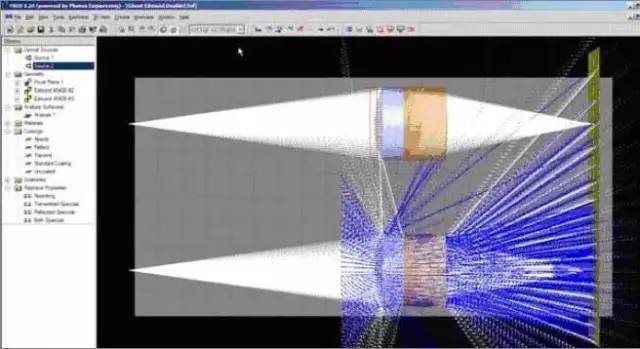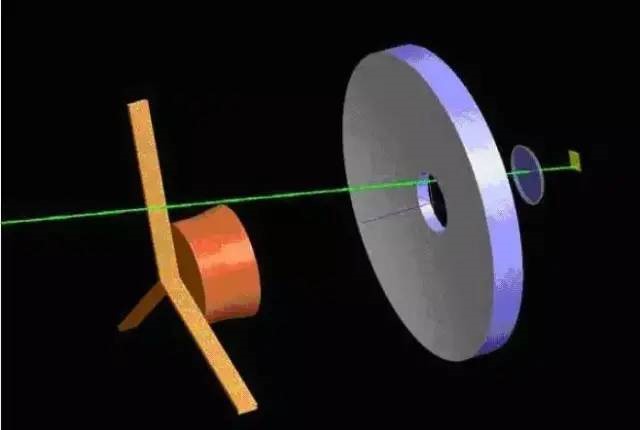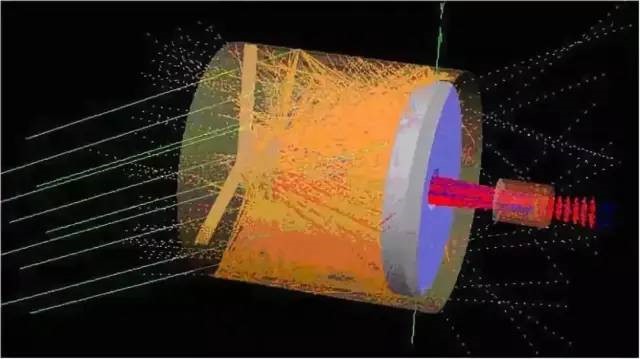Stray light problems occur in almost all optomechanical or lighting systems. Stray light can be reduced or eliminated by masking or removing parts, painting surfaces, and coating optics. In this article, we define stray light and show how FRED can be used to analyze and reduce stray light problems.
What is stray light?
In simple terms, stray light is unwanted noise light that is produced by optomechanical structures, light sources outside the field of view, or imperfect optical components, or by thermal radiation from the optics or the lighting system itself. FRED is good at spotting this unwanted noise, and it will use its virtual prototyping analysis capabilities to help us eliminate it.
There are many causes of stray light in imaging systems, as follows:
1, Ghost imaging
It is called a ghost image because the image surface is out of focus or a ghost image formed by a bright light source. Ghost images are caused by reflections from the lens surface. Light must bounce off the lens surface an even number of times to form a ghost image. There are two reflection ghosts, four reflection ghosts, and so on. An optical system composed of only one mirror (such as the Cassegrain telescope) will not form ghost images. Ghosts can appear in images when sunlight is in or near the field of view. Car headlights or streetlights can also cause stray light when photographing at night.

2, Direct incident light
In systems such as Cassegrain, direct incidence occurs when the central occlusion is too large and/or the telescope barrel is too short. Light outside the field of view can enter the telescope, pass directly over the secondary mirror, pass through the opening of the primary mirror, and hit the focal plane directly in the form of stray light. If sunlight can enter directly, then this stray light hazard is very large, and it is a disaster for the system.
Single scattered light occurs when a stray light source, such as the sun, directly strikes the optical system. Part of the scattered light passes through the optical system and hits the focal plane. We think it scatters into the field of view. And once light scatters into the field of view, it becomes stray light, and vignetting is inevitable to eliminate this stray light. So the basic purpose of the hood design is to keep the light out of the system.

3, Multiple scattered rays
Even if the scattered light source does not directly illuminate the optics, scattered light is generated indirectly. First, the scattered light source irradiates the surface of the light shield and scatters, and then irradiates the optical device. The resulting stray light is always smaller than the stray light from direct illumination, but it is still large enough to be noticed.

* The graphic materials are from the Internet, and the copyright belongs to the original author. It is only for reference and learning.